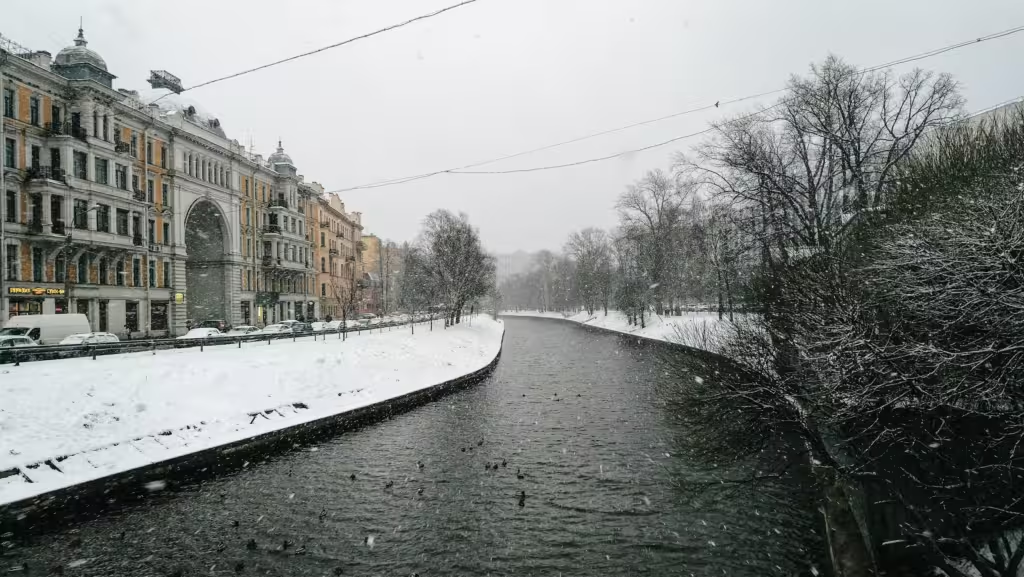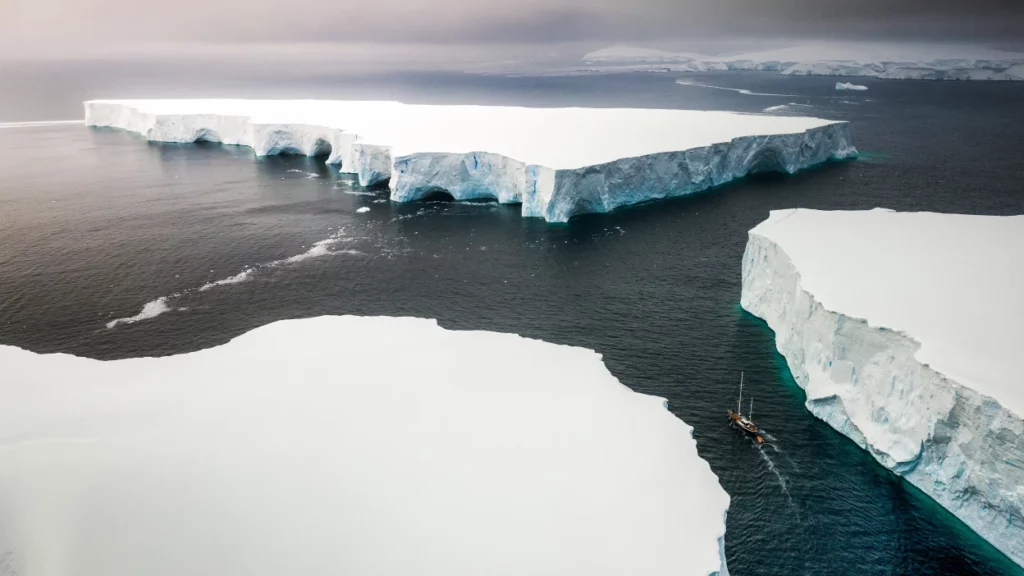As we noted back in April, the Jakobshavn Isbrae glacier in Greenland has really flummoxed scientists. It’s meant to melt and shrink and raise the oceans and so on. Instead “Mighty Greenland glacier slams on brakes” says the BBC. And the matter is worth returning to because of a key quotation in the BBC story from Dr Anna Hogg, of Leeds University and the UK Centre for Polar Observation and Modelling, who remarked that: “It's a complete reversal in behaviour and it wasn't predicted." Science proceeds by making hypotheses, testing them and if the predictions fail, revising the theory or, at the very least, the model.
One swallow does not make a summer nor one glacier a trend. But as so often, the matter is more complicated than the alarmist narrative would have you believe. They say there’s a linear relationship between atmospheric CO2 and temperature, and between temperature and glaciers melting. And having done so they are obliged to sweep a whole mess of evidence under the rug, or the ice, including for starters that as glaciers retreat they often uncover tree stumps 2,000 years old which can only be there if 2000 years ago the glaciers weren’t and so the planet was as warm as today or warmer.
There’s also the awkward matter that most of the recent retreat of glaciers in places like Alaska’s Glacier Bay predate the significant growth of human CO2 emissions after 1950. But the real kicker is when a glacier like Jacobshavn starts flowing more slowly and thickening. It wasn’t predicted, so it’s necessary to revisit the model like real scientists.
As Dr. Hogg said, “The question now is: what's next for Jakobshavn? Is this just a pause, or is it a switch-off of the dynamic thinning we've seen previously?" Even if it’s a pause, and definitely if it’s a switch-off, some hypothesis must be developed and tested against this and other glaciers that explains what happened, unless we’re willing to give up on the notion of a mathematical understanding of complex phenomena like glaciers to rival our understanding of optics, ballistics or chemical reactions.
Crucially, the purpose of this new or revised hypothesis must not be to save the idea that man-made CO2 is overheating the planet no matter what data we get. The purpose of science is to explain evidence not explain it away.
In The Structure of Scientific Revolutions, Thomas Kuhn tells the paradigmatic story of how scientists were forced to abandon the old Ptolemaic vision of an Earth-centred solar system with only circular motion because the apparatus of epicycles and epicentres just became too cumbersome and at some point you just run out of patience and baling wire. If scientists bailed on a theory at the first sign of contrary evidence they’d never get anywhere because reality is tricky. But there comes a point at which there’s just too much of it, and the person who gets closer to the truth is the one who listens to the unexpected result not the one who torques and fiddles the theory and the models until it’s silenced. (Thus we’re gratified that NASA now admits that “All weather on Earth, from the surface of the planet out into space, begins with the Sun” and predicts cooling through 2020 due to low solar activity. But we still want to know what would constitute evidence in their view that this cooling is not merely laid atop and obscuring a long-term trend of manmade warming, because if no finding can undermine a theory, no finding can support it either.)
In a phrase dubiously attributed to Isaac Asimov, “The most exciting phrase to hear in science, the one that heralds new discoveries, is not ‘Eureka!’ (I found it!) but ‘That’s funny …’”
So yes. The glacier did something funny. And it’s time to wonder why.


